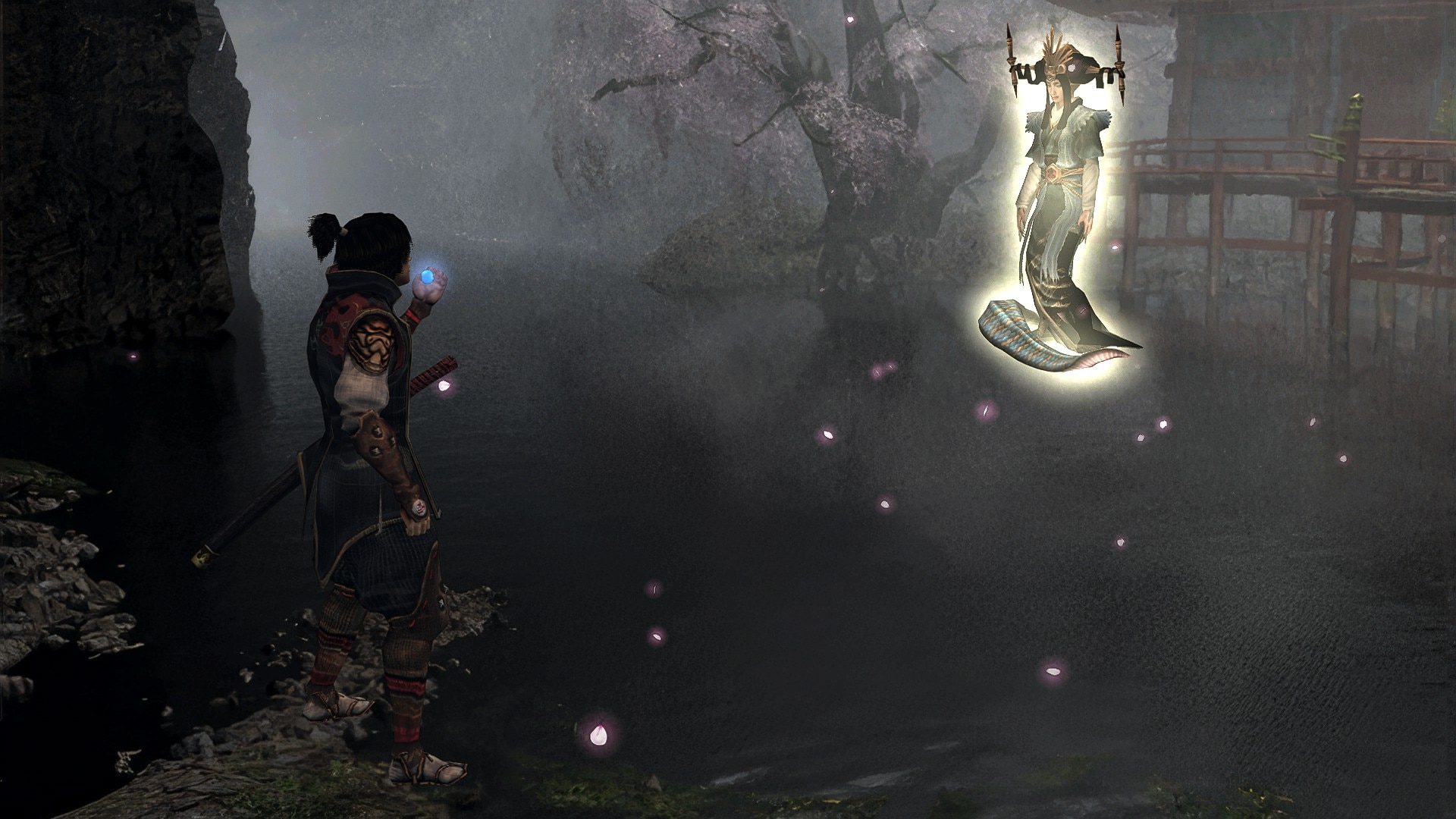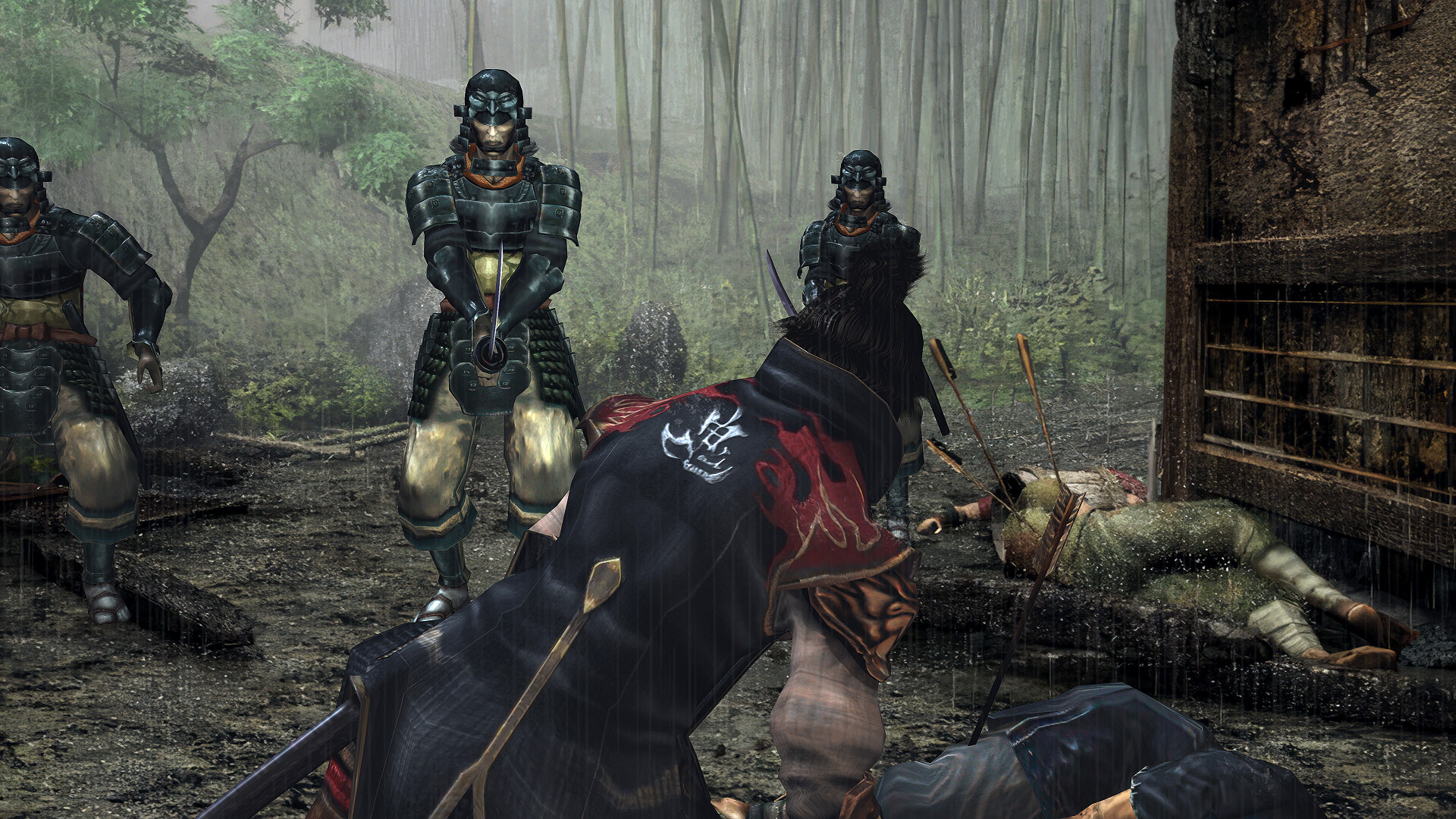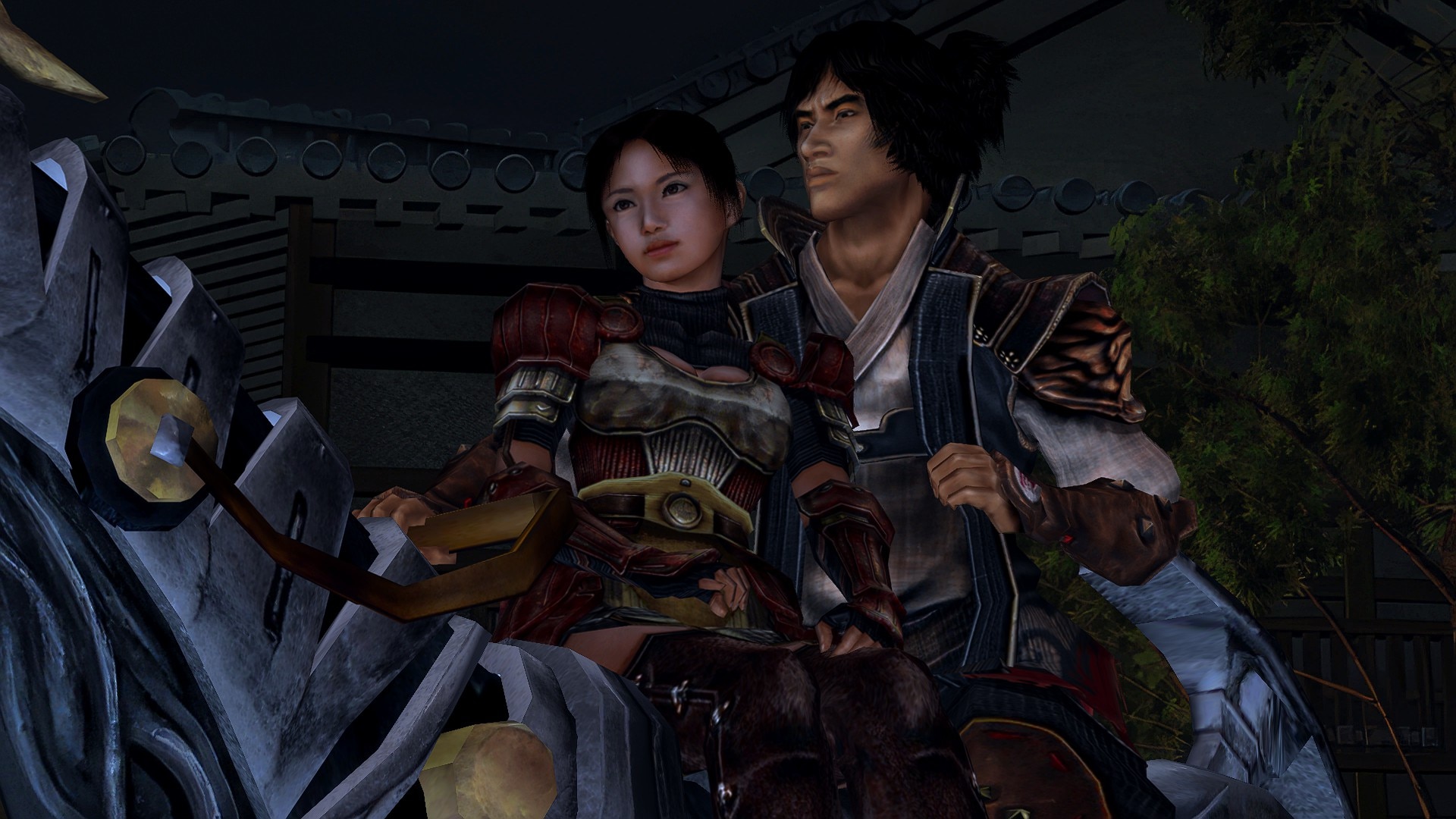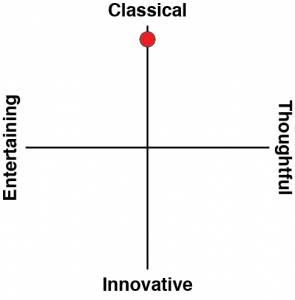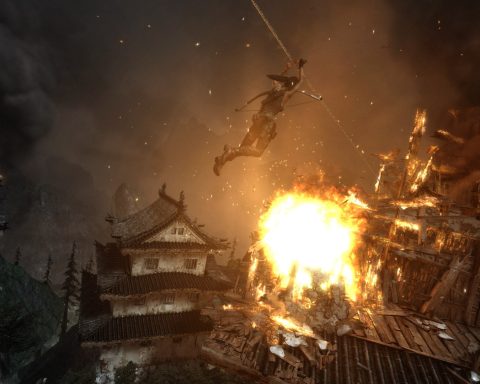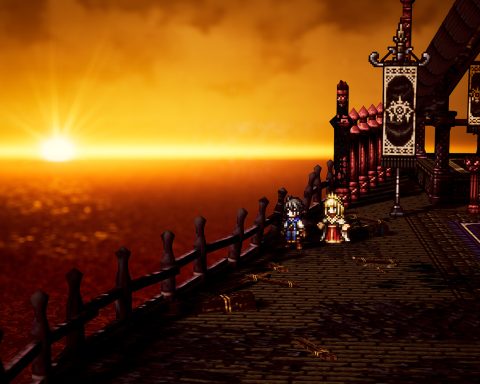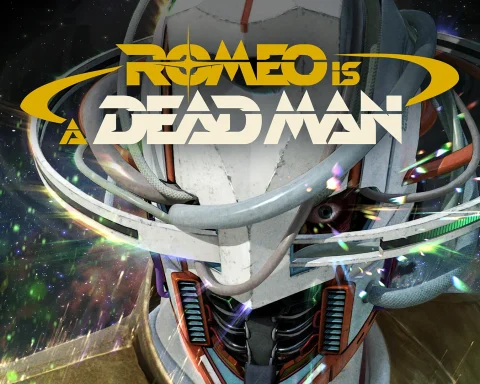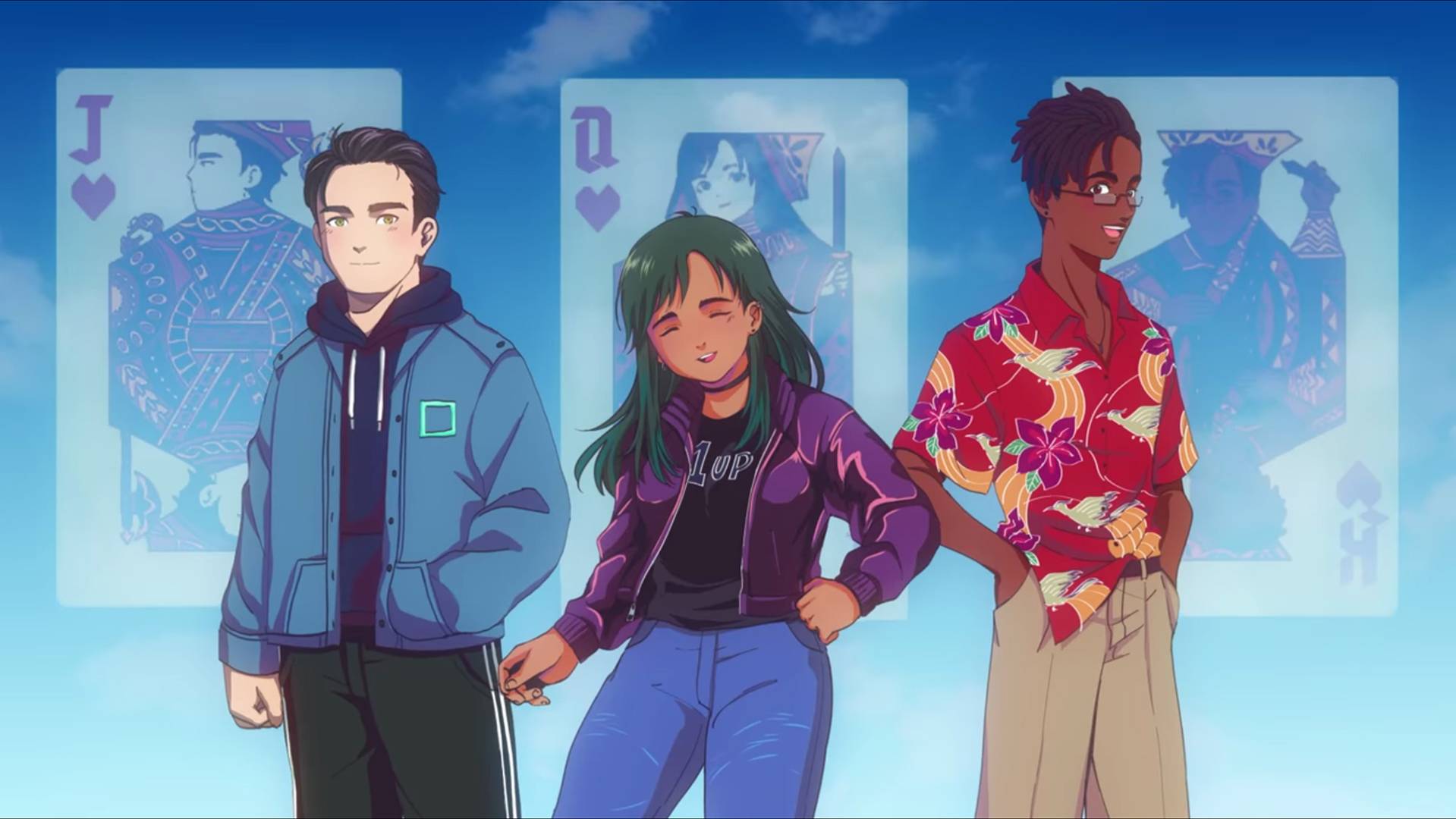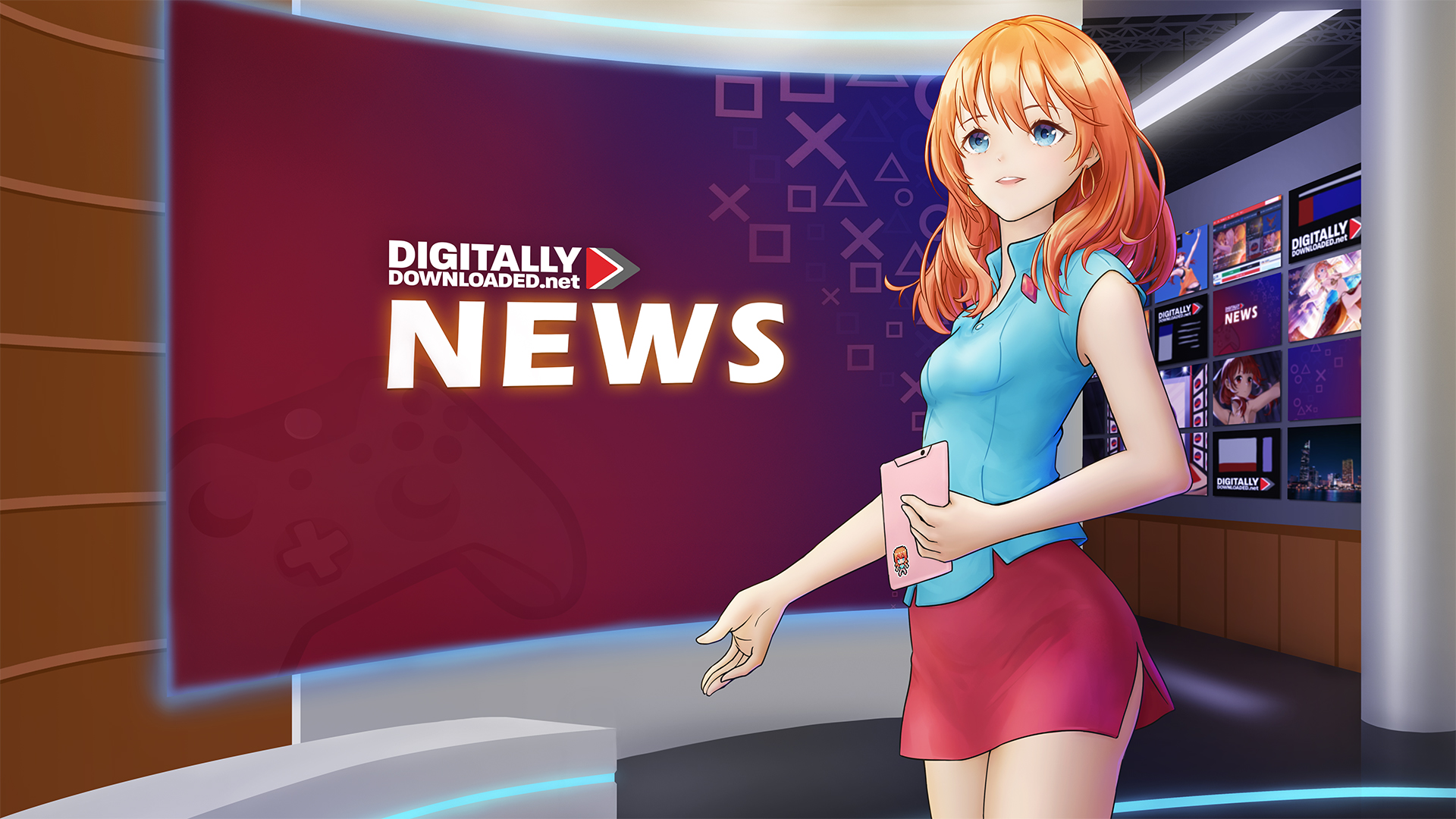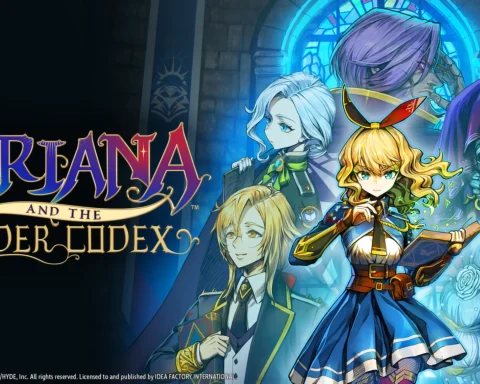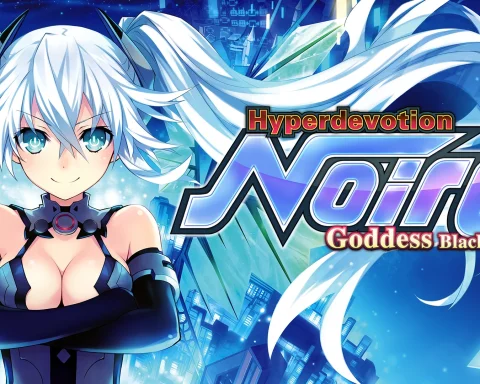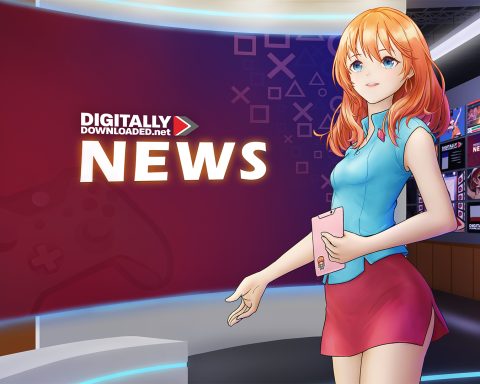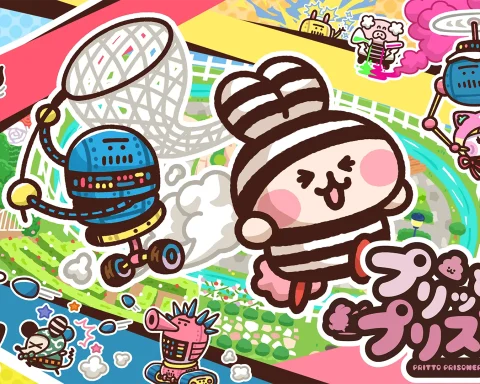Onimusha 2 is the finest in the series. Yes, Onimusha 3 had Jean Reno, and that remains objectively hilarious, but if you’re looking for the heart of what the Onimusha team has tried to achieve with the series, it’s here. Now, with the remake in hand, we’re able to revisit that vision. It’s flawed, certainly, but it’s also a game and narrative experience that’s rich with intent, and it’s worth playing today, beyond the nostalgia that people like me might feel for it.
For those that haven’t played it, Onimusha is a dark samurai action series, as heroes try to fight back against a demon army sweeping across the land, with Nobunaga Oda at its head. As many of you know, Nobunaga’s often referred to as the “demon king” for his historical association with tyranny. The historical reality is a little more complex than that (much of the history were written by people fundamentally opposed to Nobunaga, and he was a reforming, progressive leader outside of war), but it does give game developers a nice, neat head villain, and Onimusha exploits this in particular style.
In Onimusha 2, Nobunaga is less a character than he is something akin to pure malevolence, and that fits the game’s Sengoku backdrop, which was a violent time to live. Onimusha turns historical trauma into supernatural horror, and across the entire (albeit too-short) series, it captures that quality best in this second game.
As dark as it gets, however, Onimusha 2 isn’t miserable, and that’s thanks largely to the good guys. Jubei Yagyu, the protagonist, is himself a fairly stoic figure and very focused on his quest for revenge (as he should be – the start of the game opens with his entire village being destroyed by Nobunaga’s forces). However, Onimusha 2 also features several allies, and they tend to inject a sense of fun when they appear on screen. In this way the game expands on what the original Onimusha offered, which was very thin on characterisation and narrative. You’ll need to have a tolerance for PS2-era voice acting and performances (which can give the game a surreal edge in 2025), but the narrative is actually one of the game’s biggest strengths and holds up pretty well by modern standards.
Meanwhile, for better and worse, Capcom has chosen preservation over reinvention, and what we get is largely the same game that we had a few decades ago. It has been lovingly cleaned up and with some basic quality-of-life improvements, but fundamentally remains beholden to the design philosophy of its time.
That means fixed camera angles that sometimes obscure enemies or break the flow of combat. That is something that becomes especially egregious in boss fights where knowing your positioning is crucial. You’ll understand that from the first boss that you’ll fight, as the action moves between two camera angles, and the enemy has a habit of jumping off-screen, making it difficult and jarring to chase him around.
And then there’s the enemy respawning. Onimusha 2 is obsessed with throwing waves of demons at you. Environments are small, but travelling through them can be an exhausting exercise as your movement forward is constantly slowed because you’ve got some new enemies charging at you. It does make exploration and backtracking a headache, and I found that I tended to enjoy the game best in short bursts rather than try and deal with this kind of Sisyphean gauntlet over protracted gameplay sessions. It’s a design decision that made sense at the time, as it was a way of slowing pace when technical limitations restricted size and scope, but it’s a relic of yesteryear that I’m glad has been left behind.
While there are these irritants, none of them ruin the game, because what Onimusha 2 has in spades is mood. There’s a density to the atmosphere, a brooding intensity, that makes its moments of respite all the more meaningful. From the eerie temples to the blood-soaked battlefields, from the mournful village music to the screeches of the Genma demons, the aesthetics of Onimusha’s somewhat unique approach to horror are unparalleled. Koei Tecmo’s Nioh series owes as much to Onimusha as it does the Souls series, to the point that you could argue that Koei’s work is a spiritual successor to Capcom’s here.
Capcom’s work on the remake is understated but effective. Visually, the game has never looked better. Character models have been touched up with far more detail, though they still retain the stiff, almost puppet-like movements that betray their age. The real triumph is the environments: lovingly restored with higher resolution textures and improved lighting, they now gleam with the kind of visual fidelity that the original developers could only have dreamed of.
The user interface has been modernised slightly, with quick weapon switching and a more modern movement system. These improvements don’t fundamentally change how the game plays, but if Capcom hadn’t have changed them the playability would have been an issue for newer players. It still feels like Onimusha, but a version that respects your time a bit more.
What makes Onimusha 2 such a difficult title to evaluate in the modern context is that its virtues are so deeply tied to its flaws. The cinematics are hokey, but they also strive for emotional depth. The combat is clunky at times, but it rewards mastery. The narrative is melodramatic, but it’s rooted in one of the most fascinating periods of Japanese history and uses that backdrop with surprising dexterity.
It is, perhaps, disappointing that Capcom didn’t do a proper remake of Onimusha 2. After all, the remasters of Resident Evil 2, 3 and 4 (in particular) were so good, and just the thought of Capcom doing something similar with Onimusha is so tantalising. But then this series doesn’t have the same profile as that, so perhaps we need to hope that this remaster does some numbers and convinces Capcom that there is interest in going to war with the Demon King again.


